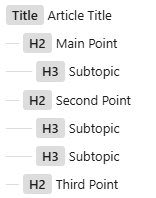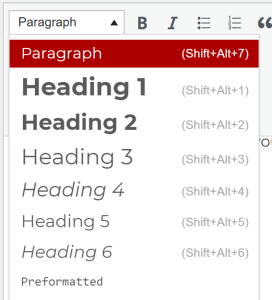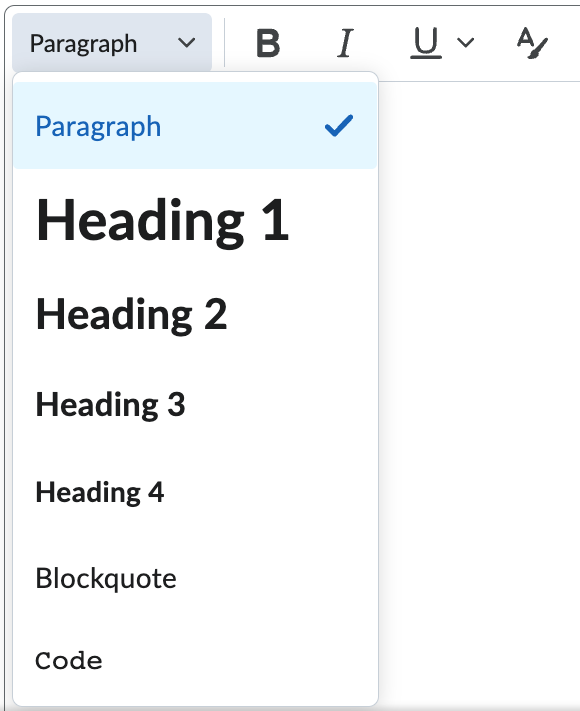Accessibility FAST
 Accessible Headings
Accessible Headings
Quick Start Guide
To get started with accessible headings:
Use a hierarchical structure
For example:
Heading level 1: Main topic or title.
Heading level 2: Primary sections.
Heading level 3: Subsections of heading level 2s.
Headings should describe the content below it.
Multiple subsequent heading levels can be nested under a higher level and any content can follow any heading level.
Do not skip a heading level.
Include style and code
Headings are not just larger, bolded text. Use visual style for headings to set them apart, but headings must also include coded meaning.

Use built-in tools to create accessible headings.
Use headings in Word
Use the Word Styles gallery to set headings.

Verify heading structure via View > Navigation.
Use Brightspace headings

Set headings using the styles menu in the Brightspace editor. Heading styles can be customized using the colour, font, and size tools in the Brightspace editor.
The Brightspace Accessibility Checker will flag out of order headings.
Moving forward…
Use headings to create an accessible and organized reading experience for all readers. Additionally, an accessible heading structure can help you create outlines, reorganize content, and generate a table of contents.
For more information on headings and document structure, move to the next page.

